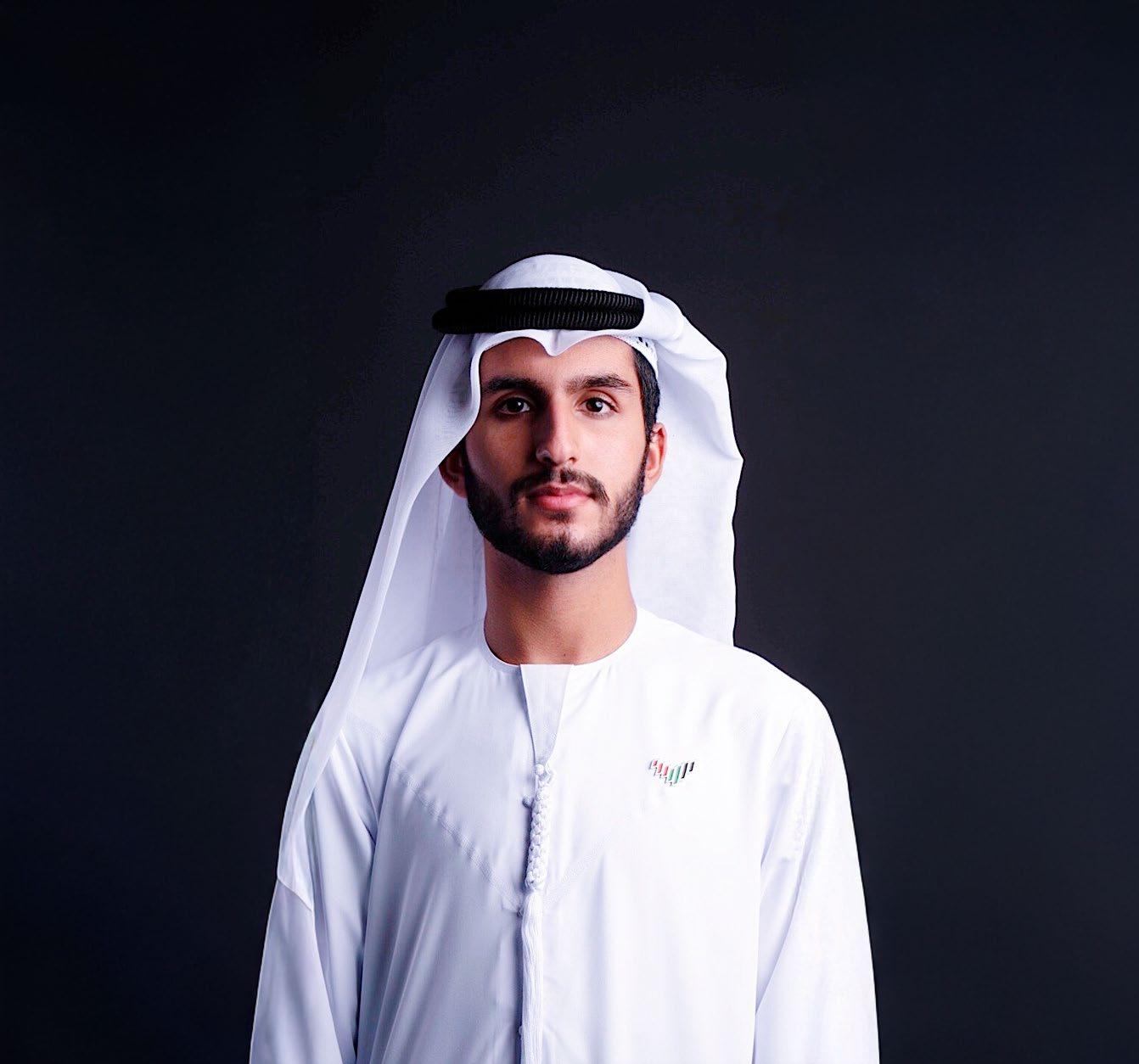
6 minute read
Language Mastery to Business Strategy:
How My Approach to Business
Aptitude Foregrounds Linguistic Diversity
Advertisement

My decision to enroll at Sorbonne Abu Dhabi's Applied Foreign Languages program wasn't solely motivated by my passion for languages, it was a strategic choice that bridged my aptitude for cultural exchange, communication and global business. As I enter my senior year, my journey has been one of constant growth, inspired by the rich diversity that languages bring into the realm of business and international relations.
How Studying Languages is a Strategic Approach to Business
The choice to pursue this degree was influenced by my desire to have a career that embraces not only the linguistic aspects of global communication, but also the complexities of navigating diverse markets. I found that mastering languages such as Arabic, French and German opened doors to understanding both grammar and vocabulary and also the cultural nuances that drive successful business negotiations and partnerships. As a freelance teacher, I’ve been able to apply these skills practically, teaching languages to a wide array of students. This real-world experience has reaffirmed my belief that language fluency is a powerful asset in business, allowing professionals to engage directly with different markets and communities.
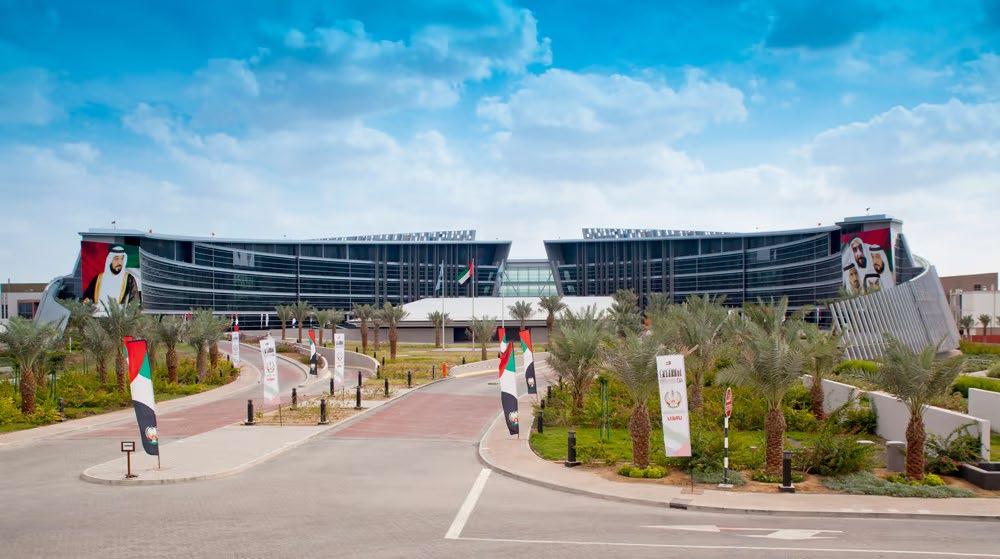
see language not as an isolated skill but as an integral part of a business’s toolkit. The curriculum integrates case studies and real-world scenarios that showcase how language impacts business practices in different regions. For example, when discussing marketing strategies, we explore how advertising campaigns are tailored to align with local customs and consumer behavior, underscoring the importance of understanding cultural contexts.
Emphasizing Language, Culture and Local Contexts
One of the major attractions of my current program is its adaptability. At Sorbonne Abu Dhabi, we’re taught to
What sets my business education apart is how well it balances global standards with local market needs. In today’s interconnected world, business curricula often emphasize global best practices—whether it’s learning the fundamentals of international trade, finance or management. However, Sorbonne Abu Dhabi’s program ensures that we also focus on the unique needs of the Middle East and North Africa (MENA) region, adapting these global frameworks to fit local realities.
One particular highlight of the program is the strong incorporation of local business case studies into our coursework. For instance, we analyze the strategies of UAE-based businesses that have successfully expanded into international markets, blending local traditions with global competitiveness. We also study the impact of local regulations and cultural practices on business operations, preparing us for real-world challenges that come with working in this region.

Additionally, many of our projects engage directly with the local community. For example, in one of our marketing courses, we used the case study of a local nonprofit organization and were tasked with developing a campaign for them. This project allowed me to see firsthand how language and business intersect to create meaningful change in society. It was a valuable lesson in how education can be tailored to meet the specific needs of the local market, while still adhering to international business standards.
This local-global approach is also evident in the way our program encourages us to think critically about the unique business opportunities and challenges in the MENA region. As a visual artist and author, I have drawn inspiration from my studies, embracing both the literary and visual arts as tools for international communication and collaboration. My upcoming book, which I’m set to publish in Arabic (and later in French and English), draws heavily on these themes of cross-cultural interaction, further reinforcing the importance of understanding local contexts in a globalized world.

Fluent for the Future
Looking ahead, my future career aspirations involve securing a prestigious internship with an international organization, ideally in client services or marketing. I’m particularly drawn to institutions like Elie Saab Maison, where I hope to apply both my language skills and business education in dynamic, high-stakes environments. My dream is to leverage my degree to connect global companies with local markets in the Middle East and beyond, facilitating cross-cultural collaboration with reciprocal benefits.
In conclusion, my language and business education at Sorbonne Abu Dhabi has not only equipped me with the technical skills required for the business world but has also given me the tools to navigate and adapt to local markets. This adaptability will be crucial as I pursue future career opportunities, allowing me to bring a uniquely regional perspective to the global business arena.
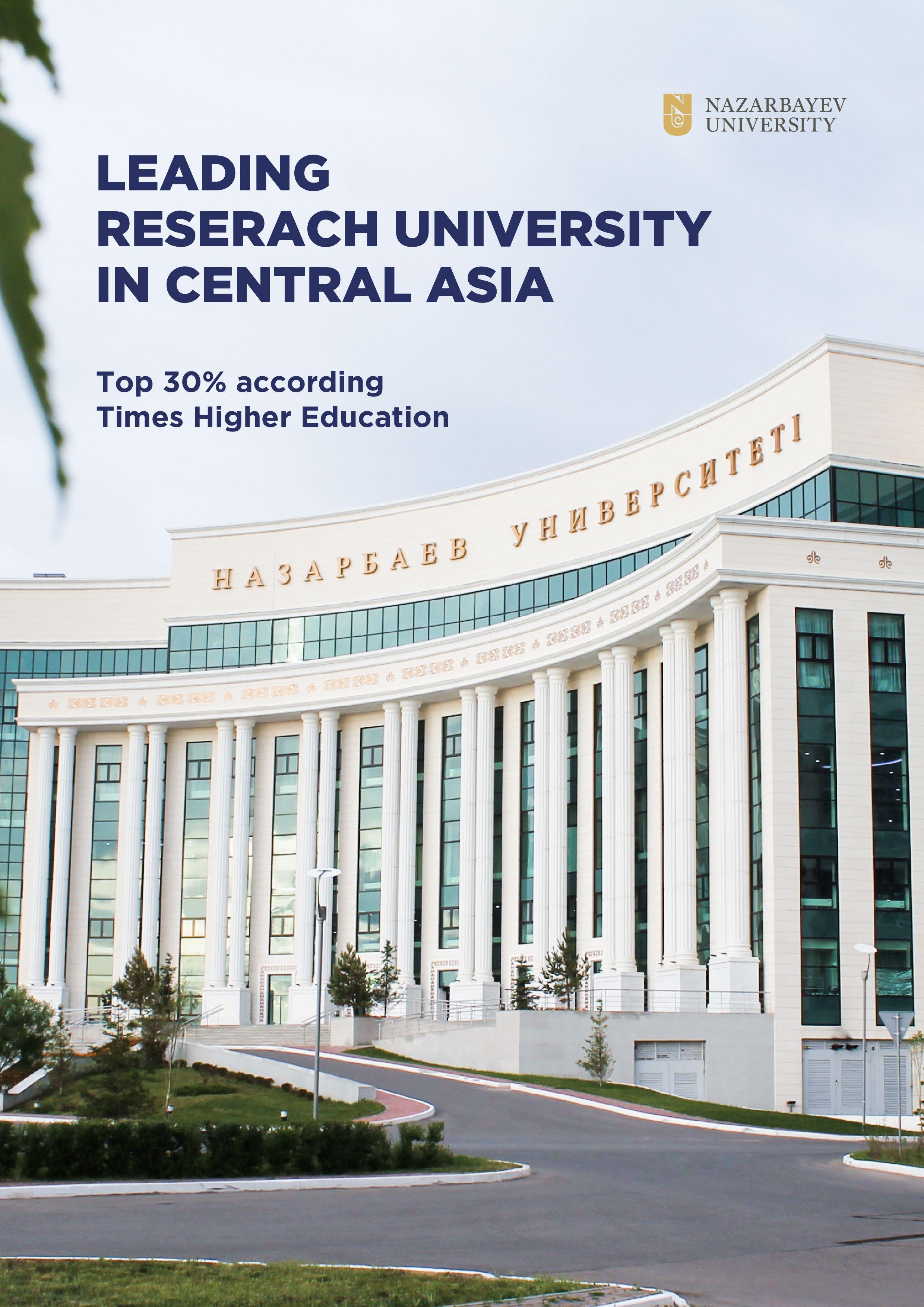
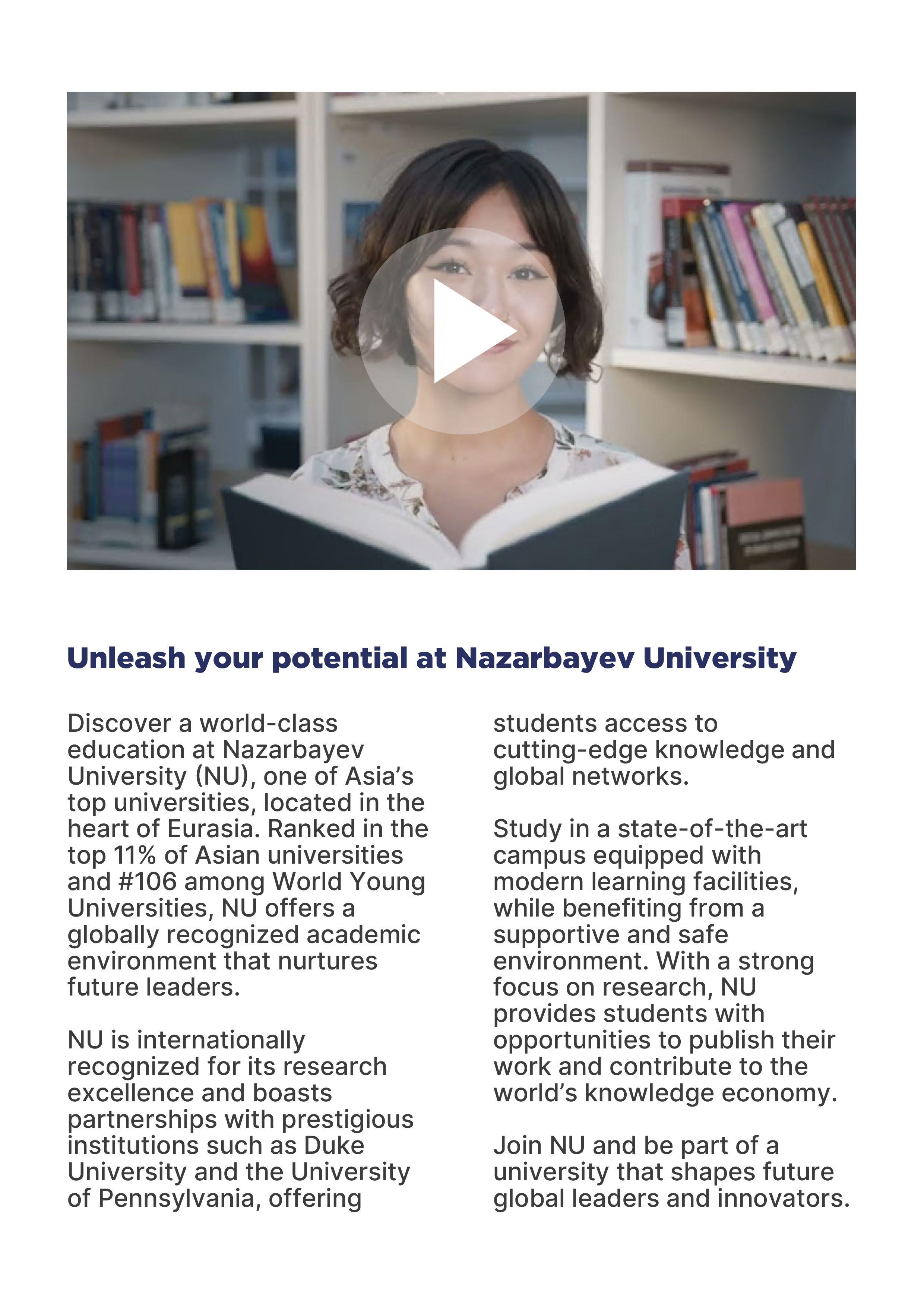
School of Management and Marketing
The Business School, University of Westminster Paul Carless , Dr. Dunni Omebere-Iyari and Chris Walker
In late 2022, when generative AI first came to the attention of the mainstream academic community, it became clear that this technology might enable traditional, written assignments to be produced almost at the push of a button using ChatGPT. A knee-jerk reaction was to ban the use of generative AI and to warn students of the consequences if they did. In this environment how should higher education move forward?
At the University of Westminster, the course team for BA Marketing Communications began to recognize that generative AI was swiftly transforming practice. New roles were emerging, being a great ‘prompt engineer’ was becoming essential to get the most from the tech. They began to overhaul their program to embrace generative AI, emphasizing the integration of AI technologies within the broader context of marketing communications. The Univer- sity was one of the first to recognize the emerging field of marketing communications when over 30 years ago and it developed the first MA Marketing Communications course. The current BA Marketing Communications course has built a reputation for student experience and graduate outcomes, but the course team recognize that current trends needed to be reflected in the course in order to stay relevant.
The new course that emerged highlights the fusion of traditional marketing principles with cutting-edge AI technologies and applications, offering students a comprehensive understanding of how AI is reshaping the field of marketing communications. Colleagues are recognizing that these changes have already transformed the industry; “Creative thinking will become increasingly important as AI does more of the legwork,” states Chris Walker, a lecturer in the BA Marketing Communications program.
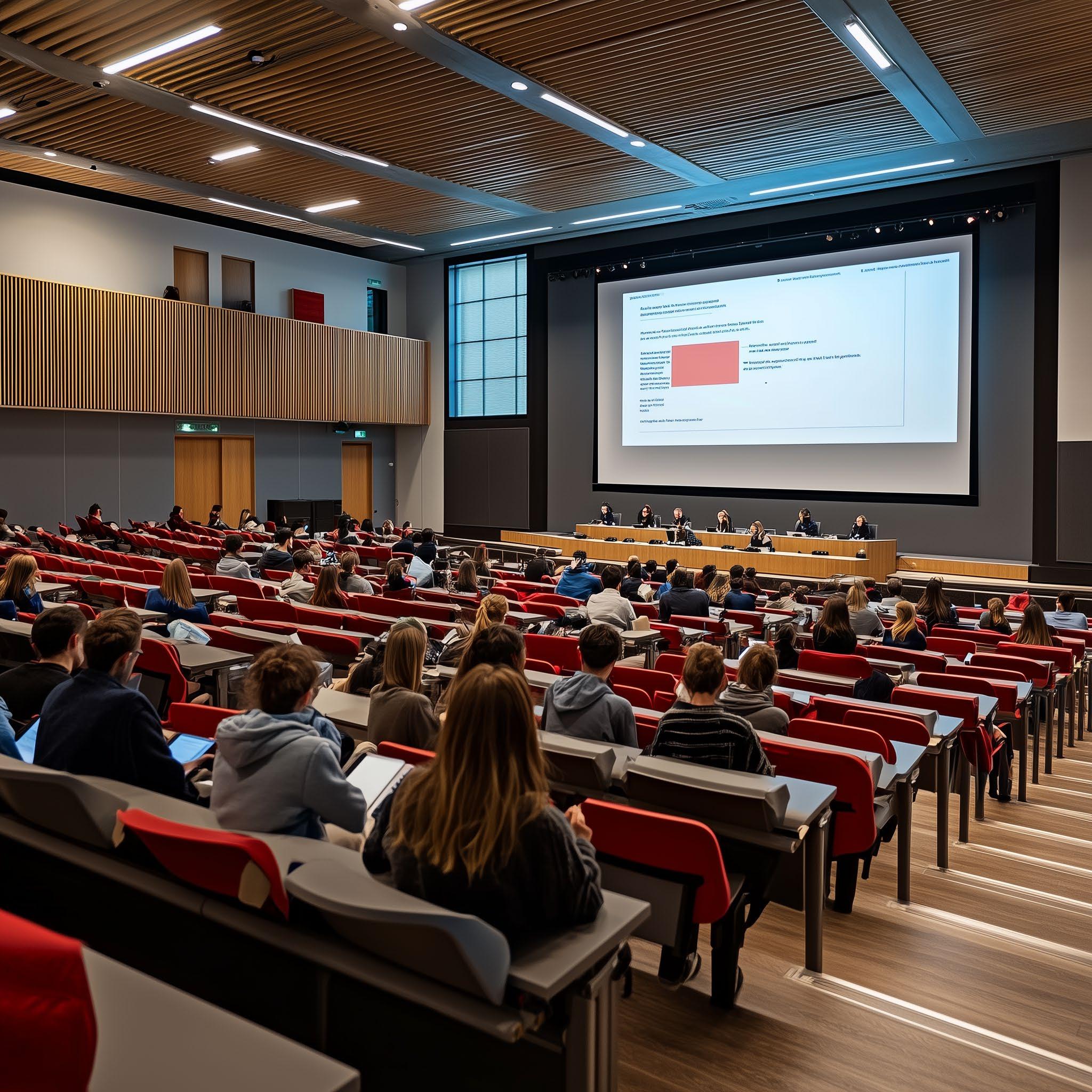

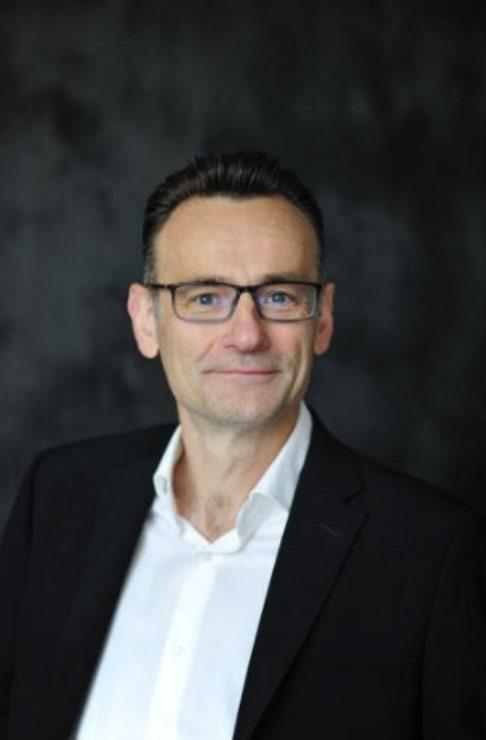
Paul Carless Course Leader
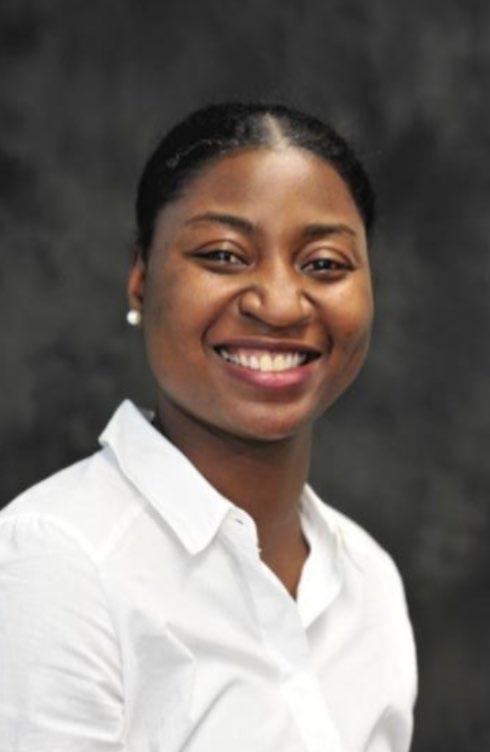
Dr. Dunni Omebere-Iyari
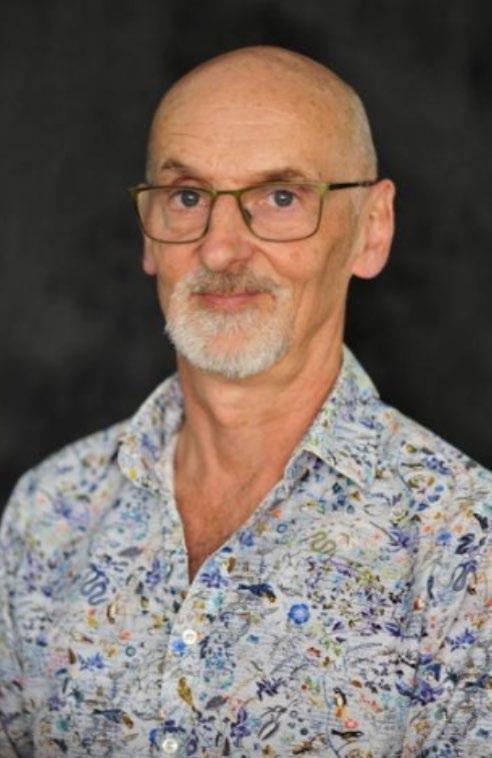
One of the main drivers for change in higher education is change in industry practice, perhaps marketing communications has been one of the most enthusiastic adopters of AI. Publicis Groupe recently announced a €300m investment in AI and WPP (the most prominent advertising group in the world) prioritizes AI through an annual investment of £250m in “proprietary technology” for creative copy, image and video production. As CEO of WPP, Mark Read, explains, “AI is transforming our industry, and we see it as an opportunity, not a threat. We firmly believe that AI will enhance, not replace, human creativity”. Other groups, such as VCCP, have created specialist AI agencies, “We have faith that AI, used responsibly, will be an unparalleled accelerator of human creativity.” The Digital Marketing Institute has found that, “over half felt their roles are chang- ing due to the technology while 44% already use it. Of those who use artificial intelligence, 45% believe it has helped increase their productivity” and has developed a course to help academics integrate AI into their programs (this was something our BA Marketing Communications course team took up to get the ball rolling).
In just a few years, AI has developed rapidly and is already being widely used in industry. Our students need to be ready for this ever-changing workplace, and so do we. The 2024 Work Trend Index Annual Report by Microsoft and LinkedIn indicates the majority of business leaders (66%) will not consider hiring a candidate who does not possess AI skills. In fact, 71% of executives say they prefer to hire a candidate with AI skills. So is AI here to stay? Yes, of course. Just as electricity is, and the internet. Author, teacher and marketing guru, Seth Godin, sums things up in his typically memorable manner: “AI is dramatically underhyped.” prospective students, employers and stakeholders that it is forward-thinking and aligned with current industry trends.



• Changing the curriculum to include AI reflects the increasing importance of AI in marketing communications. It signifies that relevant AI concepts, tools and methodologies are enabled, ensuring graduates are well-equipped to navigate the evolving landscape of AI-driven marketing.
With AI becoming increasingly prevalent in marketing strategies across industries, highlighting the integration of AI in the program’s title helps differentiate it from other marketing communications programs. It positions the program as innovative and cutting-edge, attracting students interested in gaining specialist knowledge and skills in AI-powered marketing.
As AI continues to shape the future of marketing, integrating AI concepts and skills into the curriculum is essential for ensuring the course remains relevant and future-proof. The updated curriculum underscores the program’s commitment to staying abreast of emerging technologies and preparing students for successful careers in AI-enhanced marketing communications.
Colleagues in the course team updated their skills by gaining certification on a course run by the Digital Marketing Institute called ‘AI for Digital Marketing.’ The team learned multiple aspects of AI, ranging from how to use AI and predictive analytics to develop optimized marketing strategies and leverage AI-driven insights, to its effects on SEO, automation flow and social media. Generative tools were explored, such as ChatGPT for text, Midjourney and Firefly for imagery.





